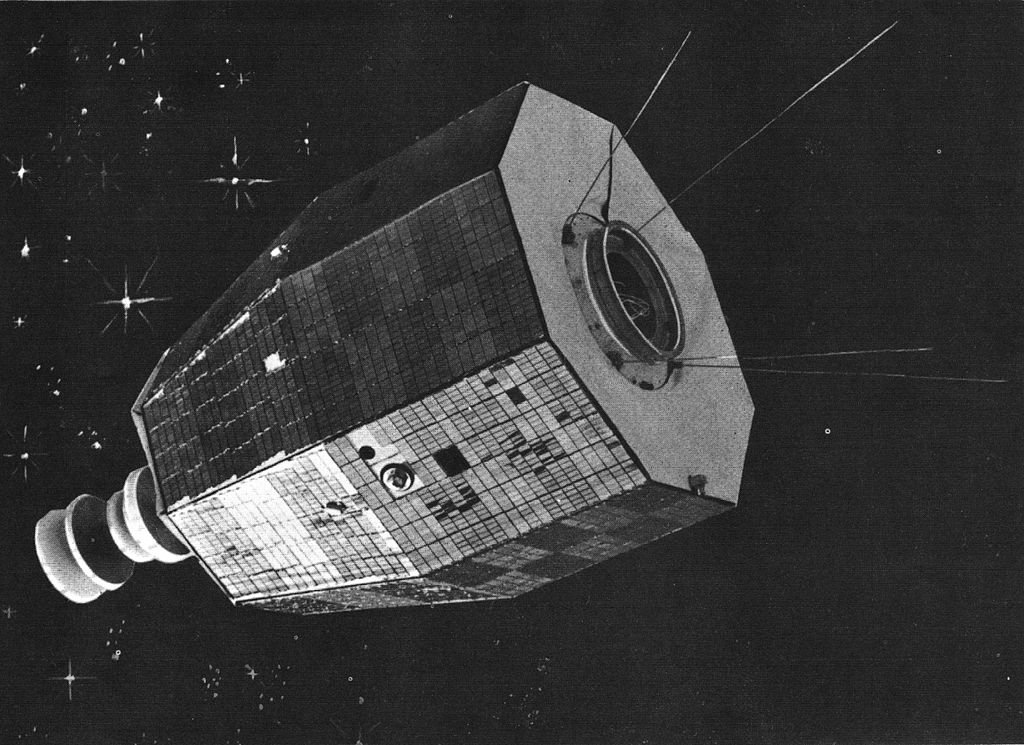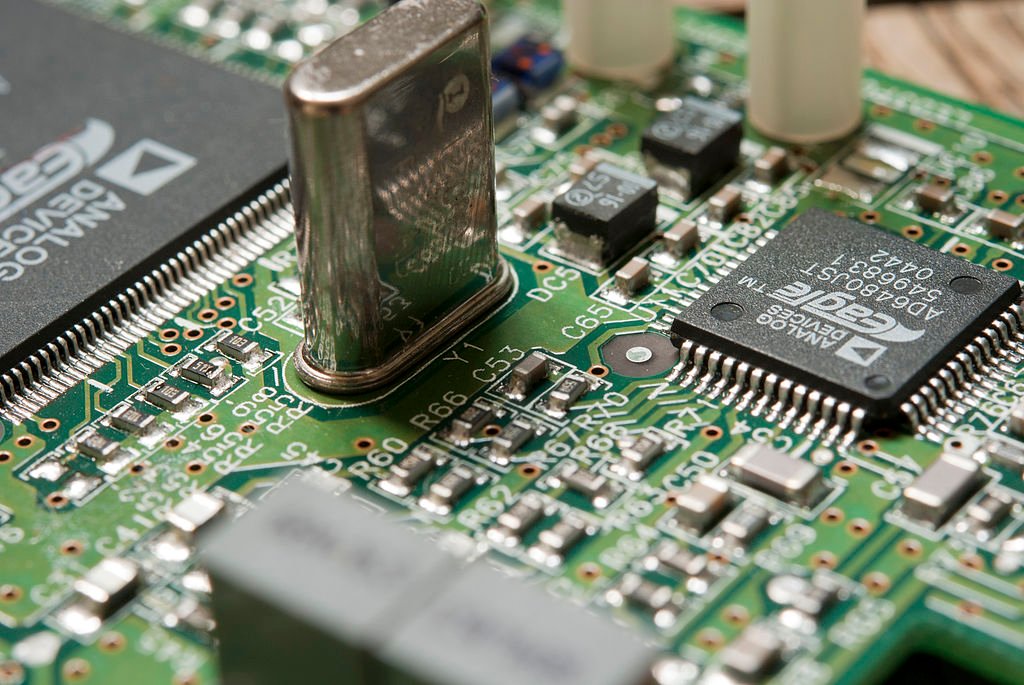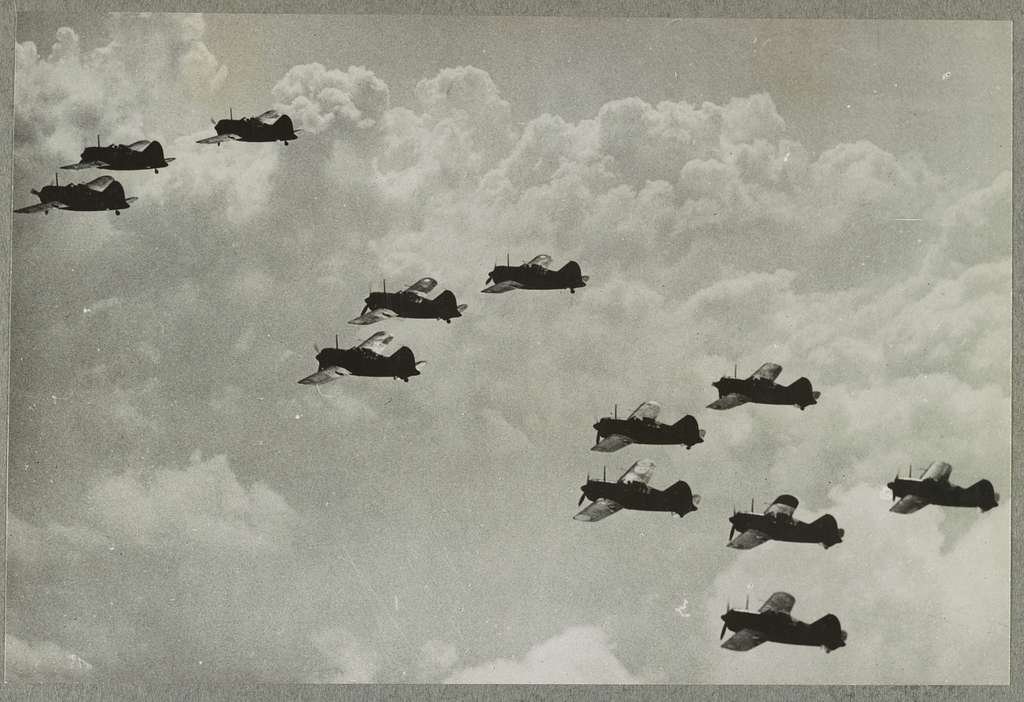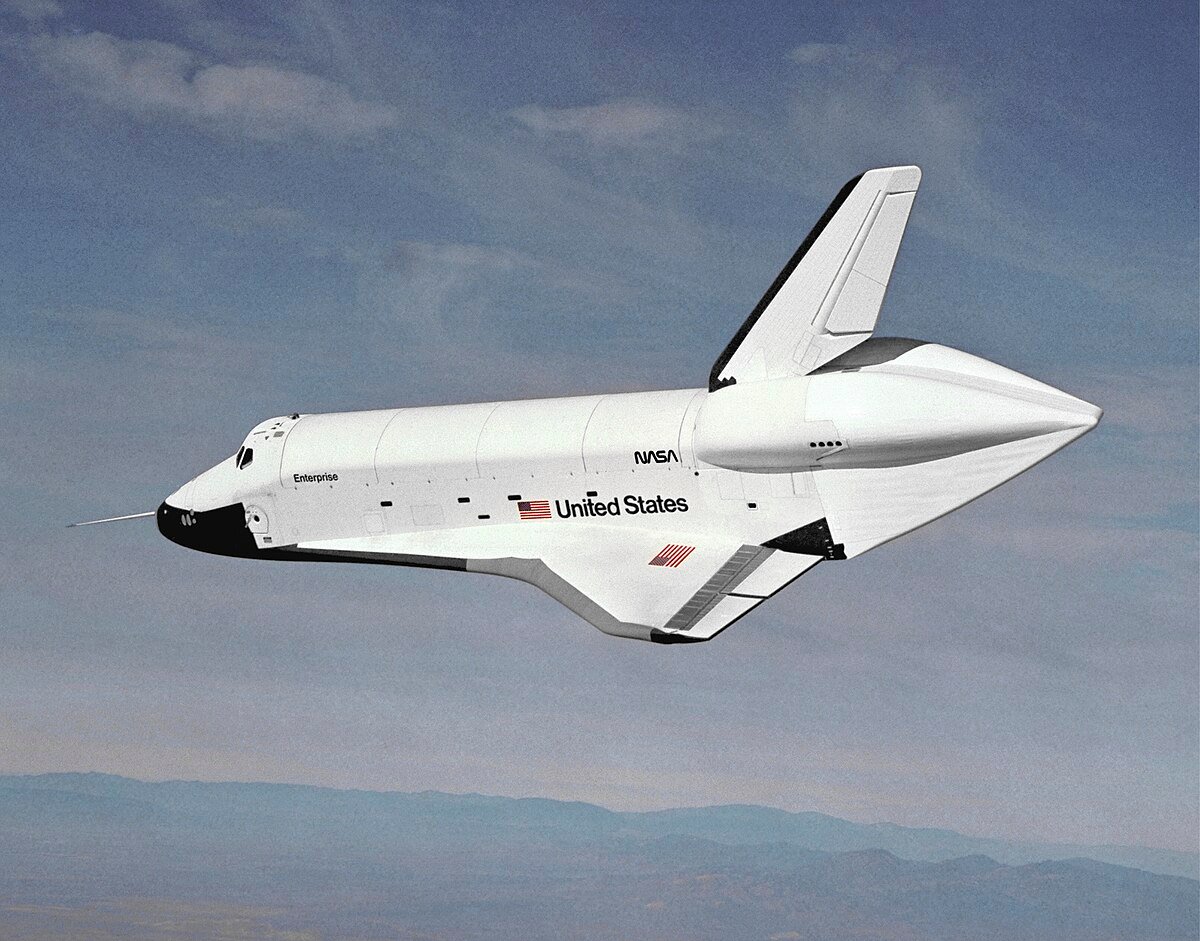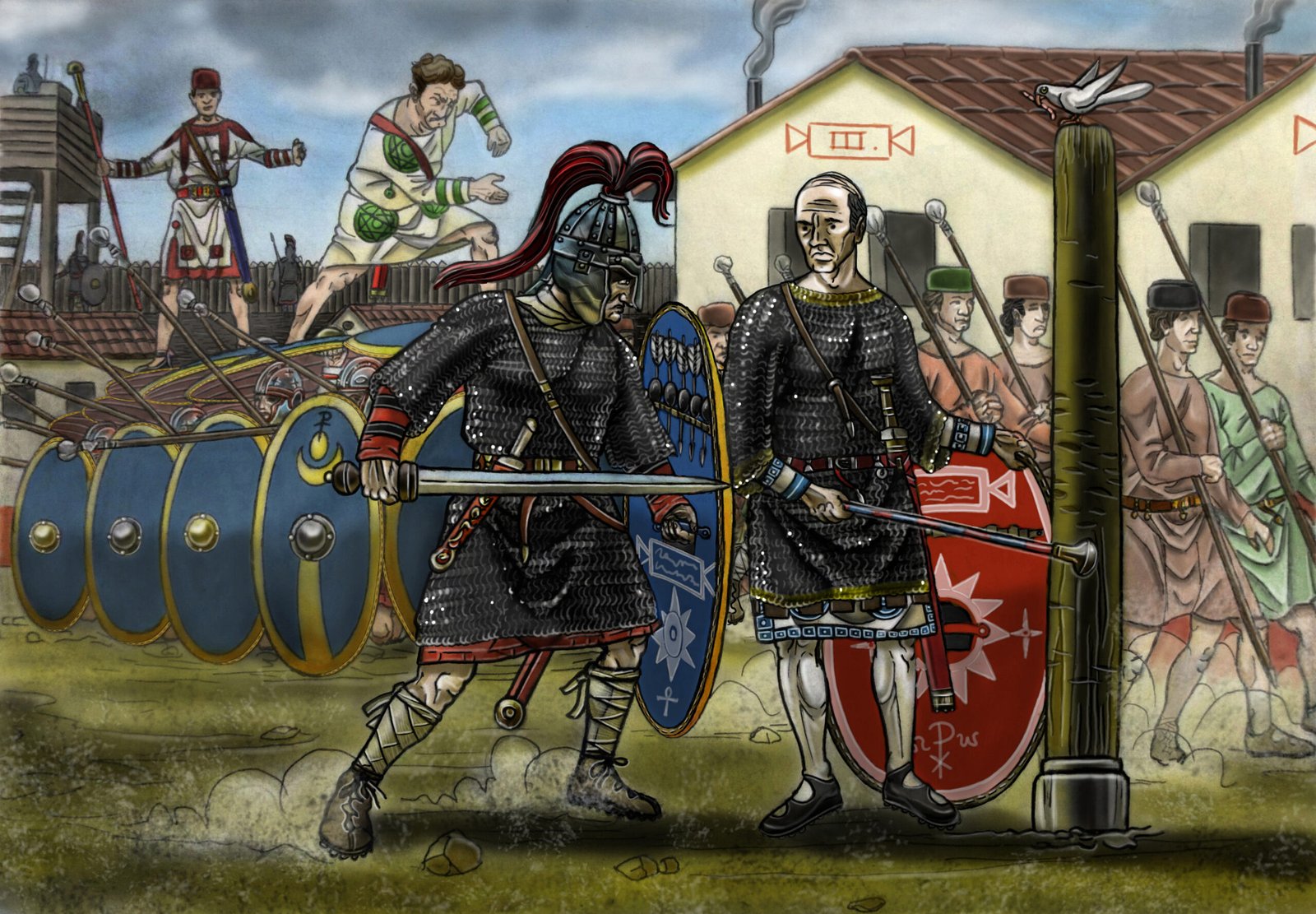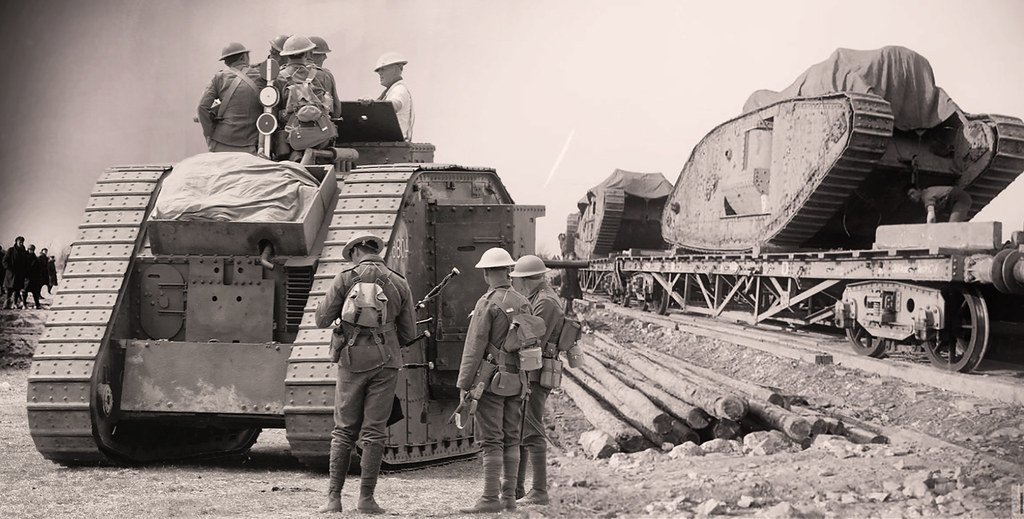The Bronze Age marked a significant era in human history, characterized by the widespread use of bronze for crafting various tools and weapons, this period, spanning from around 3300 BCE to 1200 BCE, witnessed remarkable advancements in weaponry that transformed warfare and civilization. In this comprehensive exploration, we embark on a journey through time to uncover eight fascinating Bronze Age weapons, each a testament to the ingenuity and martial prowess of ancient civilizations. From the iconic bronze sword to sophisticated ranged weapons, these artifacts not only reflect the artistry of their makers but also provide insights into the military strategies and tactics of the era.
Table of Contents
What were Bronze Age weapons used for?
Bronze Age weapons, made of bronze alloys, played diverse roles in ancient societies from around 3300 BCE to 1200 BCE. Primarily, they revolutionized warfare, reshaping strategies and battle outcomes with swords, spears, and axes.
These weapons extended beyond war, serving in hunting for efficient resource gathering and self-defense against threats. Their cultural importance was evident in religious rituals, symbolizing power and as status symbols for the elite, sometimes buried with them.
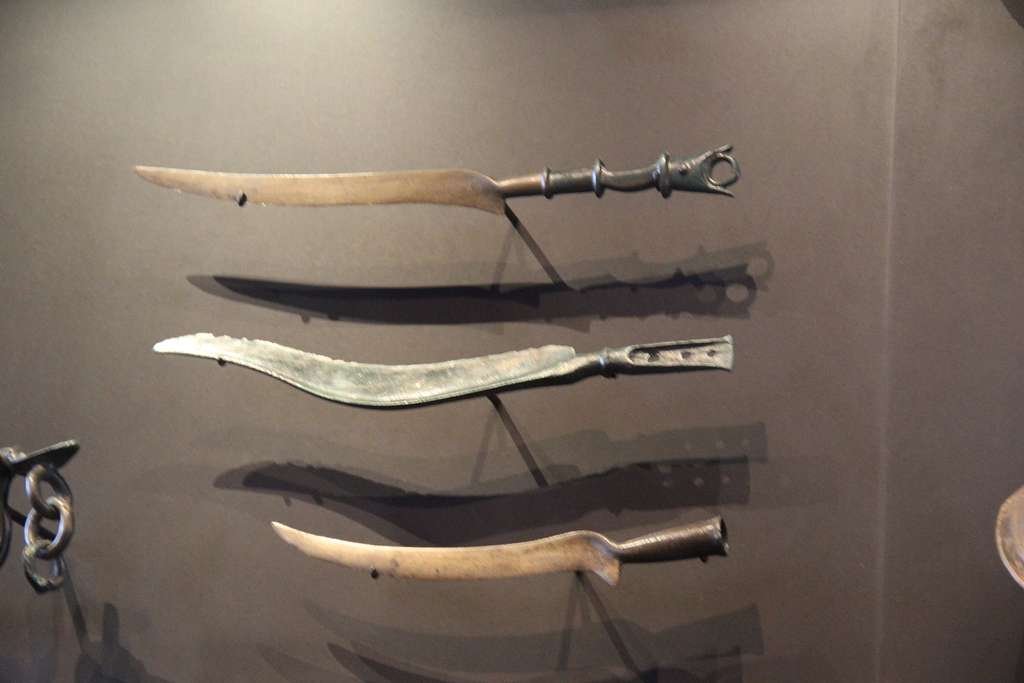
Bronze weapons also boosted economic ties via trade networks. Exemplifying ancient artisans’ skill, they hold a lasting allure for historians, archaeologists, and enthusiasts.
How long were bronze weapons used?
Bronze weapons were used for several centuries during a historical period known as the Bronze Age. This era spans from around 3300 BCE to 1200 BCE, although specific timelines can vary by region. During this time, bronze weapons played a significant role in warfare, hunting, and various aspects of ancient societies. However, as societies transitioned to the Iron Age, bronze weapons gradually fell out of use in favor of iron and steel weaponry, which offered superior strength and durability. The exact duration of bronze weapon use varied from region to region, with some areas adopting iron weapons earlier than others. Nonetheless, bronze weapons marked a pivotal technological advancement and cultural milestone during their time.
Why did people stop using bronze weapons?
People gradually stopped using bronze weapons for several key reasons:
Iron’s Superiority
Iron weapons offered several advantages over bronze. Iron was more abundant and cheaper to produce than tin, a critical component of bronze alloy. Iron weapons were also more complicated and more durable than bronze, making them more effective in combat.
Availability of Iron
As ironworking technology advanced, it became increasingly accessible to societies. Iron ores were more widely distributed and easier to extract than the tin required for bronze, reducing the reliance on scarce resources.
Increased Military Effectiveness
Iron weapons had superior penetrating power and durability, giving users a significant advantage in warfare. This prompted the shift towards iron weapons for military purposes.
Economic Factors
Iron’s abundance and lower production costs made iron weapons more economically viable. This allowed for larger armies to be equipped with iron weapons, further enhancing their military effectiveness.
Technological Advancement
Ironworking techniques improved over time, leading to the development of even better iron weapons. This continued progress in metallurgy accelerated the transition away from bronze.
Cultural and Social Changes
As societies evolved and expanded, so did their weaponry. Iron weapons became associated with the changing dynamics of these societies, further driving the shift.
As a result of these factors, bronze weapons gradually fell out of favor in favor of iron weapons, marking a significant technological and cultural transition during the shift from the Bronze Age to the Iron Age.
1. The Bronze Sword: A Masterpiece of Warfare and Symbolism
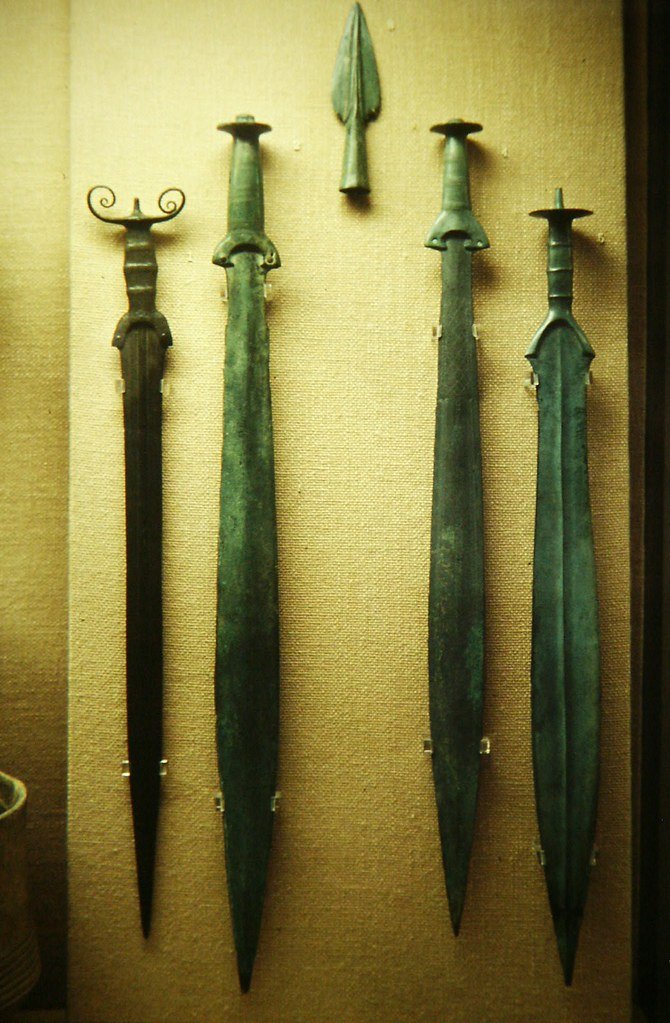
The Bronze Sword, an emblem of the Bronze Age, transcends its role as a mere instrument of war. Crafted with exquisite artistry, these swords embodied the pinnacle of metallurgical skill. In our exploration, we unveil the intricate craftsmanship, diverse designs, and the historical tapestry in which these iconic blades were woven. Each bronze sword tells a tale of evolution, adapting to the shifting tides of battle and strategy. These weapons, once wielded by warriors of old, witnessed the rise and fall of empires, leaving an indelible mark on history. Join us on a journey to unravel the secrets held by the Bronze Sword, where function met artistry in a harmonious dance of warfare and symbolism.
2. The Bronze Axe – A Multifaceted Tool
Bronze axes of the Bronze Age were not confined to the battlefield; they played diverse roles in ancient life. Beyond their obvious use as weapons, these axes were invaluable in agriculture, aiding in tree felling, land clearing, and shaping wooden structures. In construction, they hewed timber with precision, contributing to the creation of architectural marvels.
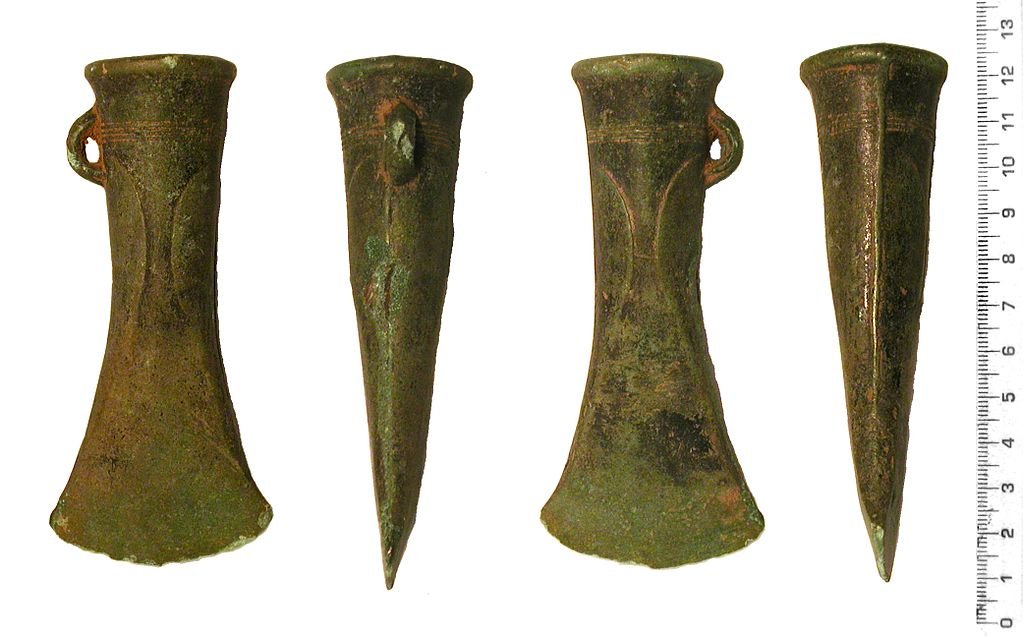
The craftsmanship of bronze axes varied, with intricately designed ceremonial axes showcasing artistic prowess. Whether in the hands of warriors, farmers, or artisans, these multifaceted tools embodied the versatility and resourcefulness of Bronze Age societies, leaving an indelible mark on history.
3. The Spear
During the Bronze Age, the spear emerged as the weapon of choice for both military and hunting purposes. Crafted with precision from bronze alloys, spears displayed remarkable versatility and adaptability. Our exploration of these formidable tools delves into the diverse array of bronze spears, ranging from shorter throwing spears to longer thrusting varieties. These weapons were pivotal in combat, enabling warriors to strike from a distance or engage in close-quarter combat.
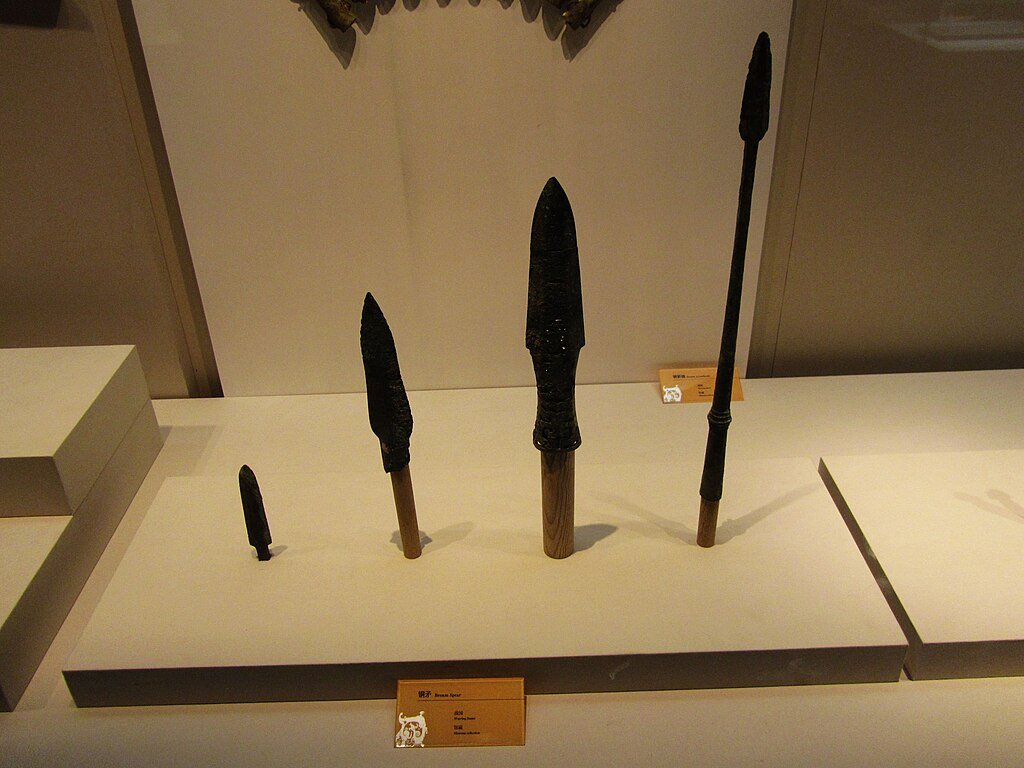
The study of bronze spears also unveils tactical innovations that accompanied their adoption. Their impact on ancient warfare and hunting strategies is a testament to the ingenuity of Bronze Age societies, as these weapons became emblematic of an era marked by technological advancement and martial prowess.
4. The Bronze Dagger
The Bronze Dagger, a prized possession in the Bronze Age arsenal, offered a compact yet deadly solution for close combat. Beyond its practical function, these finely crafted daggers were intricate works of art, showcasing the exceptional skill of ancient metallurgists. They weren’t just tools of war but also symbols of status and prestige, often used in ceremonial contexts. Their role in Bronze Age society extended far beyond the battlefield, underlining the cultural and societal significance of these elegant and lethal blades.
5. The Composite Bow
The Composite Bow, a masterpiece of ancient engineering, marked a significant advancement in the realm of ranged weaponry. Its construction involved a combination of materials, typically wood, horn, and sinew, meticulously layered and laminated to harness elastic energy efficiently. This innovative design allowed the bow to store and release energy more effectively than its predecessors.
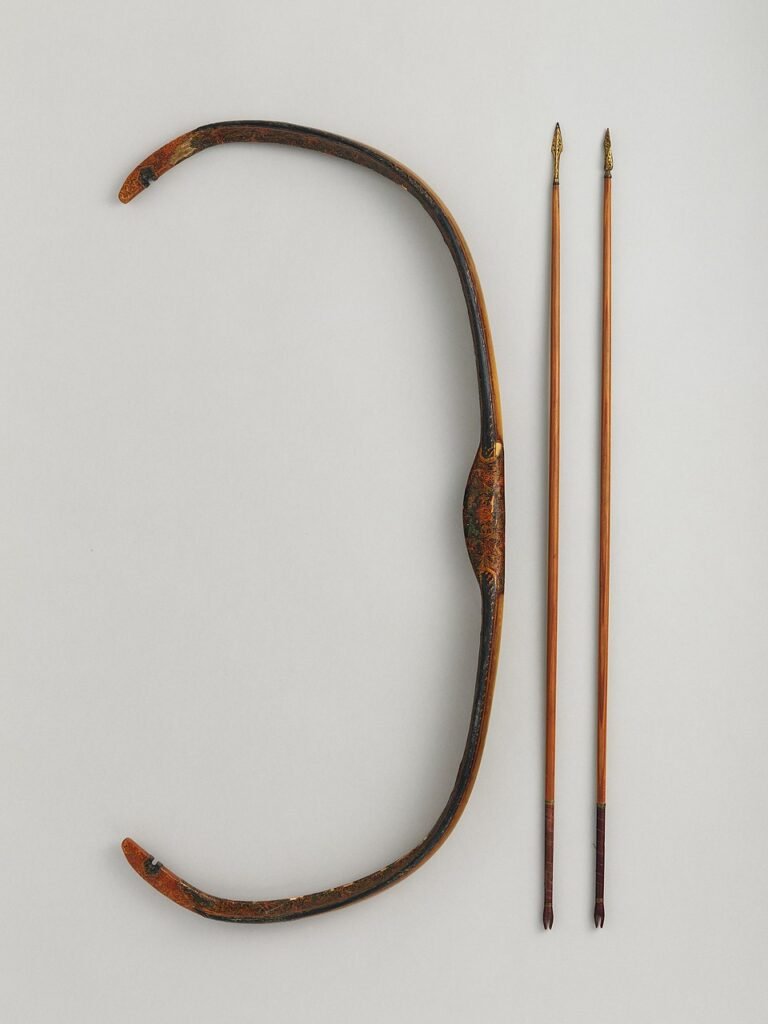
In the context of warfare, the Composite Bow offered several advantages. Its compact size and impressive draw strength provided archers with greater accuracy and range, making it a formidable weapon on the battlefield. The composite bow’s use in ancient battles and conquests not only transformed military strategies but also left a lasting impact on the course of history.
6. The Sling: An Ancient Precision Weapon
The Bronze Age witnessed the transformation of the humble sling into a deadly ranged weapon. Harnessing leverage and mechanics, the sling became a tool of remarkable accuracy and speed. In warfare, slingers were known for their ability to strike down distant foes with precision. This weapon was not limited to battle; it also served as an essential hunting instrument, allowing early humans to hunt from a safe distance. The sling’s enduring presence in various ancient cultures highlights its practicality and adaptability, showcasing how everyday items can evolve into tools of remarkable power and precision.
7. The Mace: Crushing Force in Bronze
The bronze mace, a formidable weapon of antiquity, was purpose-built for close-quarters combat. Crafted with a solid, weighty head and a sturdy handle, it delivered devastating, bone-crushing blows. In the chaos of battle, mace-wielding warriors wielded these bludgeoning instruments with precision, often targeting an opponent’s vulnerable areas, such as the head or limbs.
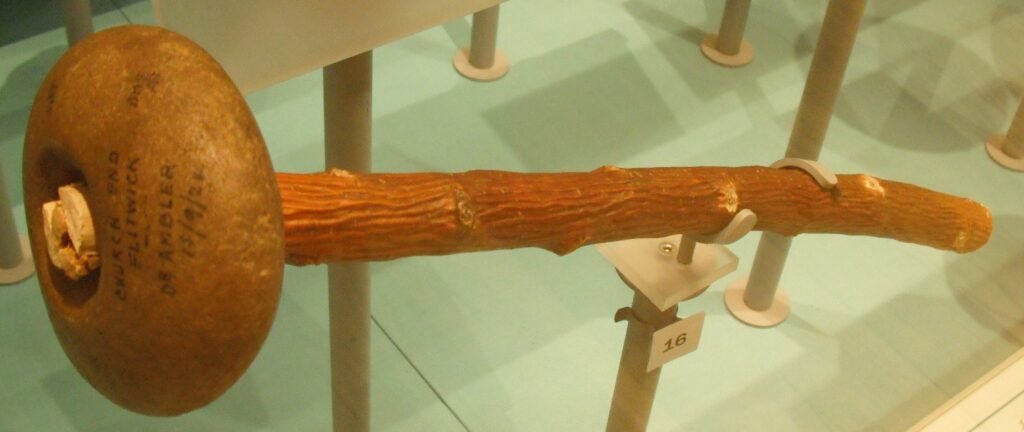
The mace’s effectiveness lay in its simplicity; it didn’t rely on a sharp edge or a piercing point but harnessed raw, brute force to incapacitate foes. This made it a favored choice for armored combat, where slashing or stabbing weapons might prove less effective. The bronze mace’s enduring legacy testifies to its prowess as a close combat weapon, making it an emblem of Bronze Age martial ingenuity.
8. The Chariot
The introduction of the chariot during the Bronze Age marked a monumental shift in the dynamics of mobile warfare. These marvels of engineering and tactical innovation were game-changers on ancient battlefields. The chariot‘s swift maneuverability and devastating effectiveness reshaped the strategies of empires, allowing for unprecedented mobility and striking power.
These war machines left an indelible mark on history, symbolizing not only the prowess of their builders but also the evolving nature of warfare. The legacy of the chariot extends far beyond its time, influencing subsequent generations of military technology and leaving an enduring impression on the annals of human conflict.
What impact did bronze weapons have?
Bronze weapons had a profound impact on ancient civilizations during the Bronze Age. Their influence extended across various aspects of society, culture, and warfare:
Advancements in Warfare
Bronze weapons represented a significant technological advancement over earlier stone and copper tools. They were harder and more durable, making them far more effective in combat. This led to innovations in military strategy and tactics, shaping the way battles and wars were fought.
Military Dominance
Civilizations that possessed superior bronze weapons often held military dominance over their rivals. The possession of advanced weaponry allowed them to conquer and expand their territories, leading to the rise of powerful empires.
Cultural Significance
Bronze weapons held cultural and symbolic significance. They were often used in religious ceremonies, and rituals, and as status symbols among the elite. These weapons represented both power and prestige within a society.
Trade and Exchange
The demand for bronze weapons encouraged trade networks, as societies sought access to the necessary raw materials, such as tin and copper. This promoted economic interdependence and cultural exchange among ancient civilizations.
Art and Craftsmanship
The creation of bronze weapons required advanced metallurgical skills and craftsmanship. This elevated the status of artisans and craftsmen within society, leading to the development of intricate and artistic weapon designs.
Technological Progress
The production of bronze weapons, pushed the boundaries of metallurgy and metalworking techniques. These advancements laid the foundation for further technological innovations in subsequent ages.
Legacy
The impact of bronze weapons can still be seen today in historical records, archaeological discoveries, and the enduring fascination with ancient warfare. These artifacts continue to provide valuable insights into the cultures and conflicts of the past.
In the annals of human history, Bronze Age weapons stand as enduring testaments to the ingenuity and craftsmanship of ancient civilizations. These weapons, cast from bronze alloys, shaped the fate of nations, influencing warfare, culture, and society for centuries. From the mighty bronze sword to the versatile spear and the symbolic battle axe, these artifacts reflect the spirit of innovation and adaptability of our ancestors.
The legacy of Bronze Age weapons reminds us of the pivotal role they played in ancient times, and their enduring allure continues to captivate historians, archaeologists, and enthusiasts alike. They stand as timeless symbols of human achievement and the ever-evolving quest for mastery over the tools of war.
